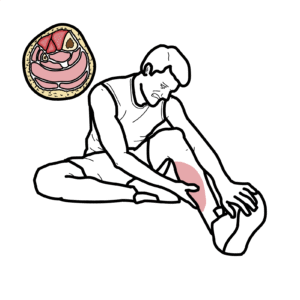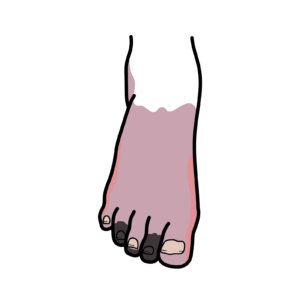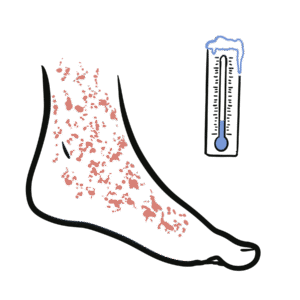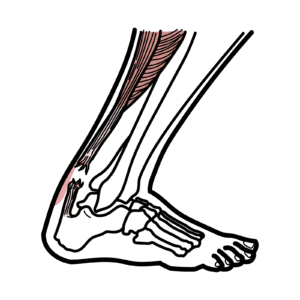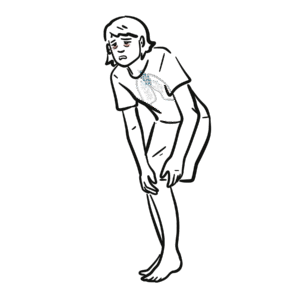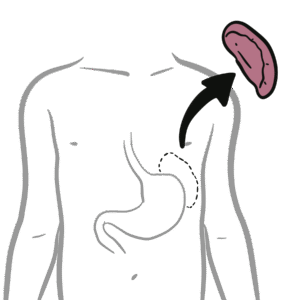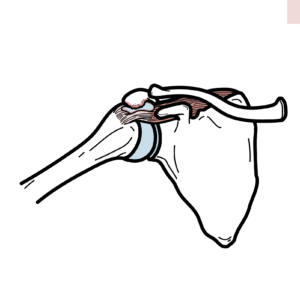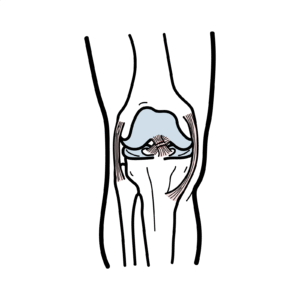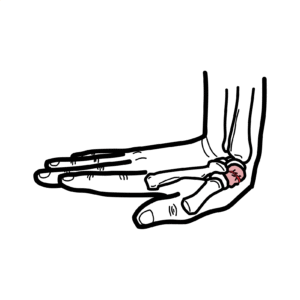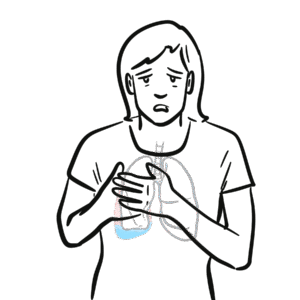Hypersensitivity Type I reaction (Immediate or allergic reaction) – pathophysiology
Type 1 hypersensitivity (allergic reaction) explained: learn the IgE‑mediated mechanism, symptoms, and when it becomes life‑threatening. This video breaks down immediate hypersensitivity, showing how first exposure to an allergen (pollen, food, drug) primes the immune system and how IgE on mast cells and basophils triggers rapid degranulation, histamine release, and the cascade of mediators that cause urticaria, angioedema, hay fever, asthma, and anaphylaxis. You’ll learn the sensitization process—antigen presentation, T helper cell activation, IL‑4 driven class switching to IgE, and how mast cell cross‑linking leads to vascular permeability, bronchoconstriction, and late‑phase mediators like leukotrienes and prostaglandins. The video also explains atopy: genetic predisposition, barrier dysfunction, enhanced antigen uptake, T‑cell dysregulation (excess IL‑4 and Th2 cells), and tissue hyperresponsiveness that elevate IgE and increase allergy risk. Practical value includes recognizing signs of severe systemic reactions, understanding why epinephrine is critical for anaphylaxis, and appreciating underlying immunology relevant for clinicians, students, and anyone managing allergies. Watch to gain clear, clinically relevant insights into Type 1 hypersensitivity mechanisms, common presentations, and why prompt treatment matters—so you can identify risks, explain causes, and respond effectively to allergic emergencies.




